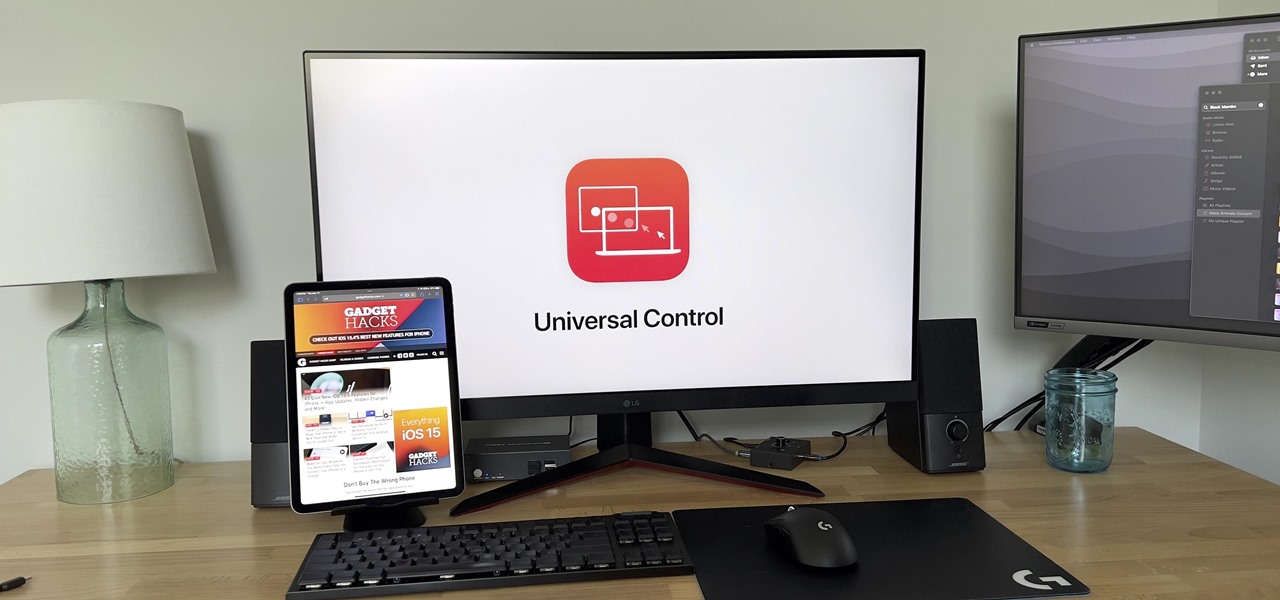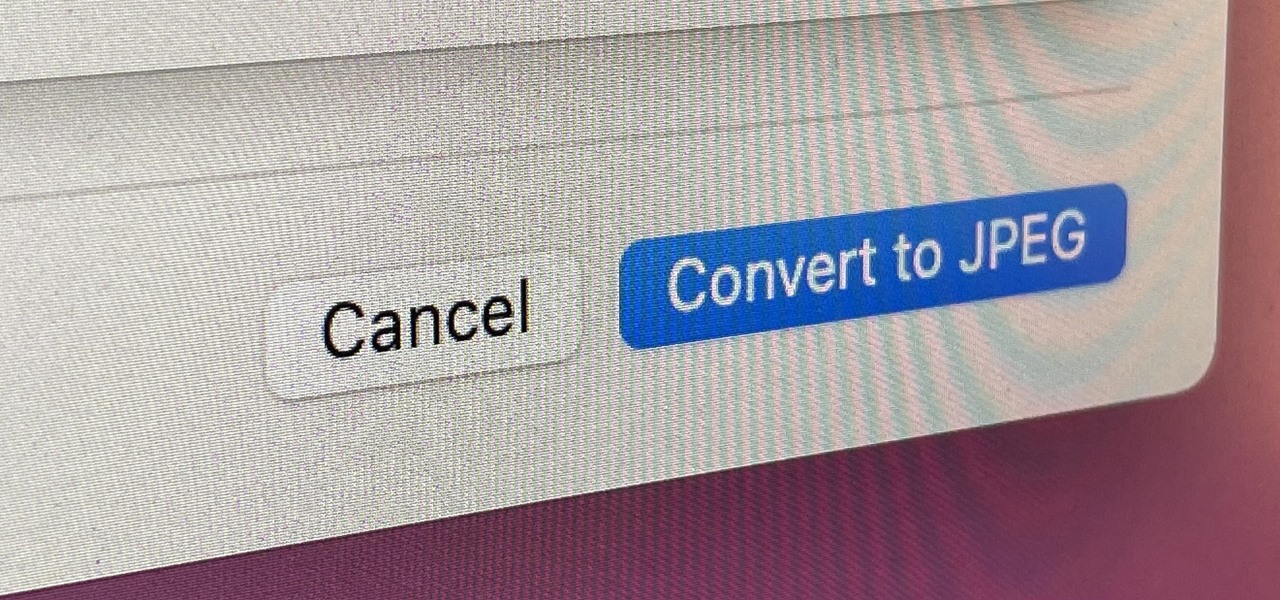Apple’s macOS Sequoia Delivers Three of My Most-Wanted Features
Window management features, iPhone Mirroring, a Passwords app, and more.
Another year, another macOS upgrade. Apple took a few minutes during its fast-paced WWDC 2024 announcement to reveal macOS Sequoia (macOS 15), a new desktop experience that delivers users’ most commonly requested features.
The full list of new features in macOS Sequoia is pretty impressive. However, there are three standout features that we need to cover before anything else—iPhone Mirroring, Window Tiling, and a dedicated Passwords app.
You can now cast your iPhone’s screen to your Mac. This is done wirelessly and allows you to interact with mobile apps, messages, notifications, and more from your computer screen. File transfer is also supported, and your iPhone stays locked (or in Standby Mode) when Mirroring is active.
Window Tiling has been a highly-requested macOS feature for as long as I can remember. With macOS Sequoia, you don’t need a third-party app like Magnet to organize your app windows—just drag a window to the side of your screen, and you’ll see an option to snap it to a tile.
And the dedicated Passwords app is pretty self-explanatory. Instead of digging through Settings to access saved passwords on your iPhone Keychain, just open the Passwords app. This might give people a reason to switch away from 1Password and other paid password management services.
Other new macOS Sequoia features include an improved Safari Reader mode with table of contents and article summaries, a more easily accessible Highlights system for websites, and a Viewer system that places videos “front and center” when browsing the web. Native video conferencing background customization, which you can access from the camera icon in the Menu Bar during a call, is also rolling out with Sequoia.
Here’s a list of the Macs that are eligible for macOS Sequoia:
- MacBook Air (2020 and later)
- MacBook Pro (2018 and later)
- iMac (2019 and later)
- Mac Mini (2018 and later)
- iMac Pro (2017 and later)
- Mac Pro (2019 and later)
- Mac Studio (2022)
Most devices that received the macOS Sonoma update are eligible for macOS Sequoia. I should point out that Apple released an Intel-based MacBook Air in early 2020—this does not mark the end of OS upgrades for Intel-based MacBook Air laptops, as some coverage has suggested. It simply marks the end of support for the 2018 and 2019 models of MacBook Air.
Of course, Apple made plenty of AI announcements at WWDC. Maybe “AI” is the wrong word here, since the branding is technically “Apple Intelligence.” Big difference, I know.
Apple Intelligence offers the same AI-powered functionality that we’ve seen from Microsoft and Google. It can generate images or text, create summaries of data or articles, proofread writing, and help you write or revise code. There’s also a Siri tie-in that can answer questions like “what time did mom want to get lunch,” plus the option to send prompts to ChatGPT through Siri.
The interesting thing is that Apple Intelligence is natively integrated in all Macs with an M1 chip or later. Most processing occurs on-device (with guardrails to prevent apps from accessing private info), though some data is processed through “Private Cloud Compute.” While Apple did not announce an equivalent to Microsoft’s controversial Recall feature, Apple suggests that its AI will be contextually aware of on-screen items, recent messages, calendar events, and so on.
The macOS Sequoia update will roll out to eligible Mac computers “this fall.” A developer beta is available today, and a public beta will launch in July. Evidently, Apple Intelligence functionality won’t arrive until macOS Sequoia receives a stable release.
Source: Apple












